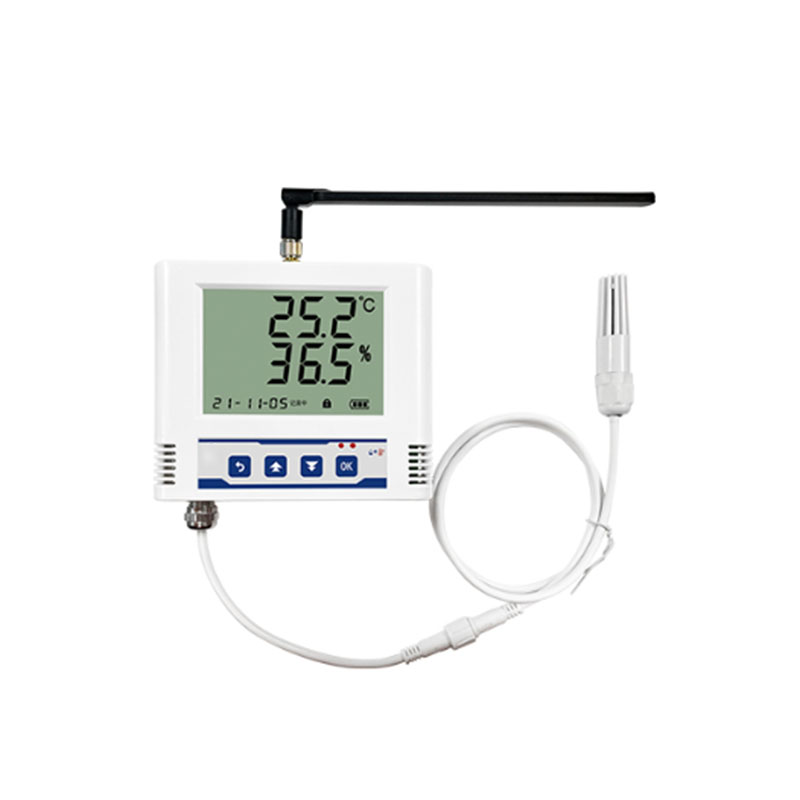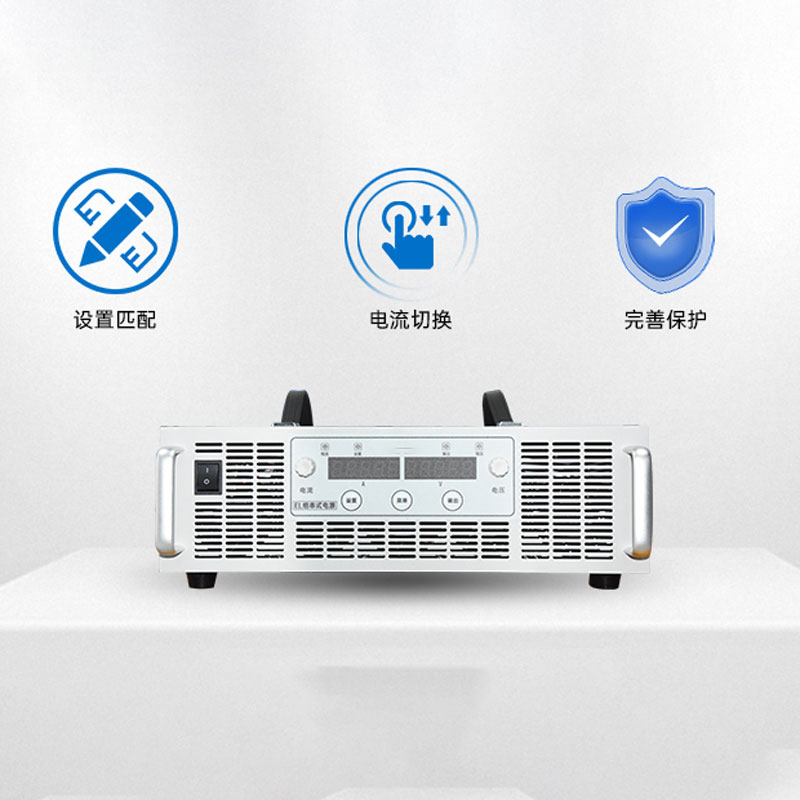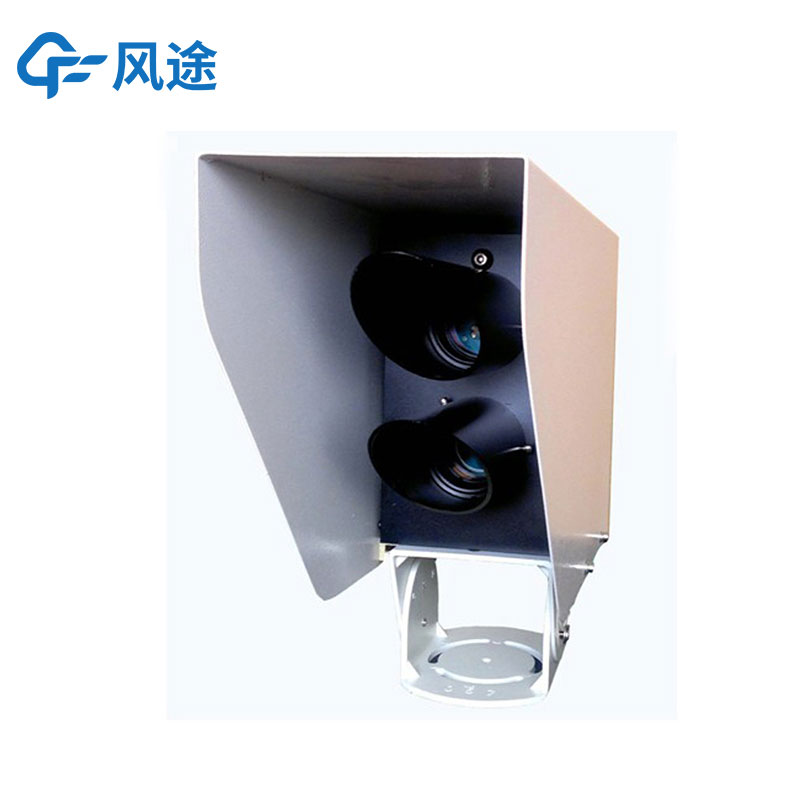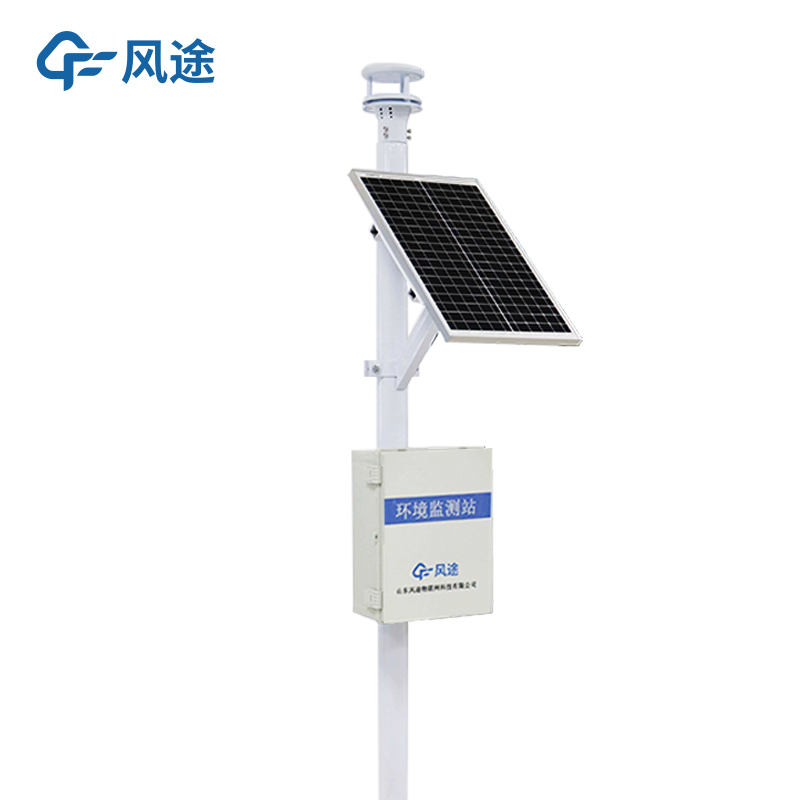Product
Recommended article
- How Forestry Weather Stations Bolster Forest Fire Prevention Efforts
- Discover the Power of Negative Oxygen Ion Monitoring System for Cleaner Air
- Comparative Analysis of Ultrasonic and Automatic Weather Stations in Meteorological Monitoring
- Breaking Through the ‘Last Meter’ with Online Dust Monitoring System
- Mastering Road Conditions with Road Weather Station
- Inhalable Dust Continuous Tester: A Portable Solution for Dust Concentration Monitoring
Contact us
Shandong Fengtu IOT Technology Co., Ltd
Sales Manager:Ms. Emily Wang
Cel,Whatsapp,Wechat:+86 15898932201
Email:info@fengtutec.com
Add:No. 155 Optoelectronic Industry Accelerator, Gaoxin District, Weifang, Shandong, China
Three Portable Weather Stations, Only Better
Article source:Weather station time:2024-03-18 08:56:12 viewed:44times
All-in-One Weather Stations There are three main types of portable weather stations:
Three-legged stand type: this type of weather station is larger, but can be folded and placed in a case for easy portability. It monitors a lot of weather data and is suitable for emergency or temporary occasions.
Vehicle-mounted: This type of weather station needs to be used with a vehicle and is suitable for inspections and other scenarios.
Handheld: this kind of weather station is very small and can be held by hand, but it monitors less weather data and is suitable for field observation.
Portable weather station can be used in many places. For example, it can help rescuers understand the weather at the scene of fire, flood and other disasters to better rescue. Farmers can use it to monitor the growing environment of crops and improve yields. Scientists and students can use it for weather research and study. Environmental protection departments can use it to monitor environmental conditions. Outdoor explorers and event organisers can also use it to understand the weather and make safer decisions. All in all, the portable weather station is very practical and can be useful in many places.
And it's actually quite simple to use, usually following these steps:
Prepare: charge the weather station first and make sure the sensors are all clean.
Switch on: Press the power button and the weather station will start working.
Select Measurement: Select the weather parameter you want to measure, such as temperature, humidity, etc.
Start Measuring: Place the weather station on the place you want to measure and wait for it to measure the result.
Record results: Record the measured data or save it to the weather station.
Switch off: Switch off the weather station after measurement.
Different weather stations may operate a little differently, so it is best to read the manual first to understand how to operate. You should also pay attention to protect the parts of the weather station when you use it, so that it can last longer.

This paper addresses:https://www.yf182.com/industry/234.html
Related products
Related article
-
Digital weather stations in schools to foster scientific literacy among schoolchildren
2024-07-22 -
Negative oxygen ion monitoring system to create a scenic image
2024-04-02 -
Local Air Quality Soars as Dust detector Drives Effective Pollution Control
2024-12-06 -
Road Weather Station: Paving the Way for Intelligent Traffic Management
2024-11-29 -
Enhancing Air Pollution Control with Grid-Based Regulation and High-Resolution Monitoring
2024-10-30 -
Agricultural Weather Stations, making farming more modern and smarter
2024-08-16 -
Hand-operated lifting bar lightning rod with flexible design
2024-02-18 -
Prairie Weather Stations Promote Data Sharing
2024-05-08










